Unless you live in Texas, you may not have noticed that San Antonio, the state’s second largest city, flooded once again last week. While any flood is an aberration, the city of San Antonio is known for them.
While large parts of the state are known for being arid, the farther east you go, the more rainfall there is. San Antonio is kind of in the middle, but still receives more than its fair share of flooding.
This latest flood ends a period of drought that has plagued central and southern Texas all year long. Its sudden, unexpected arrival reminds us all of the high danger from flooding that large parts of the nation regularly face.
Flash floods can occur at any time, even when there is not any rainfall, all the way to the visible horizon.
What makes San Antonio so flood prone is that it is nestled in the San Antonio River Valley, a wide, rather shallow valley, which has been carved out by the river’s past floods. Coming from the northwest and flowing towards Corpus Christi and the Gulf of Mexico.
The river carries water from the Texas Panhandle region, as well as from New Mexico. The accumulated water from rainfall upstream of San Antonio has flooded the entire valley at times, since long before the Alamo Mission was founded, let alone the town of San Antonio.
But San Antonio is not the only place in the country which is feeling the effects of flooding. New Orleans is once again flooding, after a mere day of heavy rain. In the case of New Orleans, like in the case of San Antonio, sitting in a natural depression merely adds to the effect of any flooding.
Even so, the flooding in New Orleans is nothing, compared to the flooding that hit the state of Louisiana last year. That flood impacted one-third of the state’s parishes (what the rest of us call “counties”), causing somewhere between $10 and $15 billion in property damage.
The simple fact is that any low-lying area is subject to flooding when there are heavy rains, and we have no control over the rain.
Oh, cloud seeding can be used to cause rain in response to a drought, but that requires existing clouds and it can only cause rain, it can’t stop rain or even control it. When it decides to rain, the best we can do is give thanks for it and hope that we don’t get too much so you could live your life as usual, and not turn to your survival reserves.
GREEN ENERGY – Click here to find out how you can build your own energy generator.
Flooding has plagued mankind since the beginning of time. Part of this is that we tend to build our cities in places which are prone to flooding. Mankind has always needed water, so we build besides lakes and rivers.
Specifically, we find that low-lying areas beside rivers are ideal locations for cities and towns, as well as being ideal locations for floods.
With that in mind, it’s clear that any of us could end up in the same straights as the citizens of San Antonio, finding ourselves in the midst of a sudden, unexpected flood. Therefore, we have to be ready for such a time, so that we can protect our home and possessions.
Is Your Home Prone to Flooding?
To start with, we need to find our if we are in a flood plain or not. If you own your home, this should have come up as part of the mortgage process. Mortgage companies typically require you to buy flood insurance, if your home is in what is known as a “100 year flood zone.”
Basically, this designation means that the home is likely to experience a flood sometime within 100 years. But even if you don’t live in an area designated like this, you may still be at risk of flooding; or you could be living near an area that is subject to flooding, like I am.
Although my home is on slightly higher ground, much of the area around me is a 100 year flood zone. So, I may not end up with my home flooded, but I could end up essentially trapped on an island, waiting for the waters to subside, if a hurricane were to dump enough water on our area.
While mortgage companies are very interested in protecting their investment, they aren’t perfect. So you should check on your home’s location, verifying for yourself how much of a risk of flood there is.
One way to do this is using a topographical map. That will show your altitude above sea level, as well as all the land around you. In fact, that’s how I found that I’m on higher ground, with my home less likely to be flooded.
You can get topographical maps from the US Geological Survey, either printed ones, or digital ones, from their website at: www.USGS.gov. While there are other sources, this is one of the rare cases in which the government is actually cheaper.
One key element in looking at any flood risk is relativity. There are different levels of flooding, based upon the amount of rainfall. You also need to look at terrain in a relative manner. The point isn’t so much how high your home is above sea level, as it is how high it is above or below the surrounding terrain.
Water will always seek to flow to the lowest point. So, water on a hill behind your home will flow towards your home, unless the slope of the hill is greater in the direction of your neighbor’s house.
But the water shouldn’t stop at your home, unless you are the lowest point around. Rather than trying to enter into your home, it should flow past it, and continue on downhill. As long as there are areas that are lower than you are, you should be relatively safe, depending on how much the water rises.
Of course, you want to understand how much lower the land downhill is. If it’s only a foot or two downhill and there’s a heavy rainfall, you might still end up with flooding. For me, the altitude I live at is close enough to the land around me, that it would only take a couple of feet of water for me to be worried about my home.
The second factor here is the slope of the land. I’ve been known to say that the land where I live is so flat, that they build overpasses on the highways so that our children will know what hills are. Water drains slower off of flat land, than it does off of sloping land.
So if it rained hard enough, the fact that I’m a couple of feet higher than the surrounding area really won’t be of much help. The water won’t flow off my property fast enough to keep my home high and dry.
Before putting your topographical map away, you want to determine two more things. Those are: where would the water be coming from if it is flowing downhill towards you and where would the water be coming from if the waters were rising?
You see, there are two different ways in which we can have flooding, from rainfall flowing down to us or from rising waters. In order to be able to protect our homes from flooding, we need to have a pretty good idea of which kind of flooding we’re going to be dealing with.
So How Can You Protect Your Home?
San Antonio, New Orleans and other cities have spent millions, maybe even billions of dollars installing flood control measures. Yet they don’t stop all flooding; why is that? It’s simply because all those flood control measures are based upon specific assumptions about how much extra water they have to protect the city from. When water levels are higher than that, the measures taken aren’t enough.
When that happens, it’s up to us to protect our own homes or to abandon them. Personally, I don’t like the idea of abandoning my home. But unless I could properly protect it, I might find myself forced to do just that.
The age-old method of flood control is to use sandbags. I’ve seen pictures a number of times through the years, of homes which were surrounded by sandbag walls, keeping flood waters out. While this could be considered taking extreme action, it’s a whole lot better than having your home flooded.
Of course, that means having enough sandbags and sand to build the wall. It also means making a pretty good guess as to how high you need that wall to be. If you don’t build the wall high enough, it’s not going to do a bit of good anyway. You may as well not have it, if you don’t have a wall which is higher than the highest point the waters reach.
One of the biggest mistakes people make is to try and sandbag just the doorways of their home. That will help, if you only have a couple of inches of water. In such a case, it will keep the water from flowing under the doors. But that’s it.
The problem is that most walls have some sort of vents in them. Brick walls will have occasional spots where there is no mortar between two bricks, usually in the next to the bottom course of bricks.
These vents allow air to pass through the brick wall; but they’ll also allow water to pass through, meaning that the brick wall isn’t waterproof. Of course, that can be helped by simply caulking in the crack and allowing the caulking time to dry.
Even with a wall of sandbags around your home, there is still a chance of seepage through them. A good sandbag wall is tight, without any spaces. But you might end up with some small ones, which the water can get through.
So in addition to the wall, you need to make sure that you have a good all-purpose utility pump or two and enough hose to send the water back over the wall. Dig a sump and put the pump in there.
There are a couple of towns in North Dakota which have problems with flooding every spring. This is because the nearby river actually flows north for a short distance.
What that means is that the loop that goes back north doesn’t thaw as fast as the more southern parts, blocking the river’s flow and causing flooding. So towns and individual farmers have to build dikes to protect themselves from flooding.
Video first seen on PreparedBC.
Building a dike is essentially the same as a permanent sandbag wall, except that it is made of dirt, not sand. While the dirt gets wet and muddy, it is compacted by its own weight, so the water only seeps in so far. It never gets to the point where the dike melts in a massive mudslide.
There are other commercially available means of flood control, such as the Quick Dam. This is made of bags of water absorbing material. The water causes them to inflate, accomplishing the same thing that sandbags do.
But they are much easier to install than sandbags. However, they are only a few inches thick, so you’d need to build up a wall, much like building with sandbags, if you had a serious flood situation.
There are also large tubes, such as the “Tiger Dam” from US Flood Control, which can actually be placed and filled with water, forming much the same sort of barrier as sandbags do. The basic difference is that they are much faster and easier to put in place.
A Final Note, Just for Preppers
The risk of flood means that all your preps are at risk of being destroyed by flooding. This is something you and I can’t afford. Therefore, an important part of establishing your flood plan is to ensure that our food and other supplies won’t be destroyed if our home becomes flooded.
Don’t just depend on your ability to keep the water out of your home; protect your supplies as well. Should your home flood, you’ll need those supplies more than ever.
This article has been written by Bill White for Survivopedia.


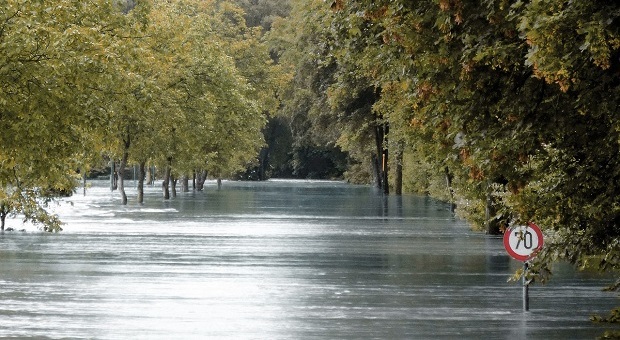


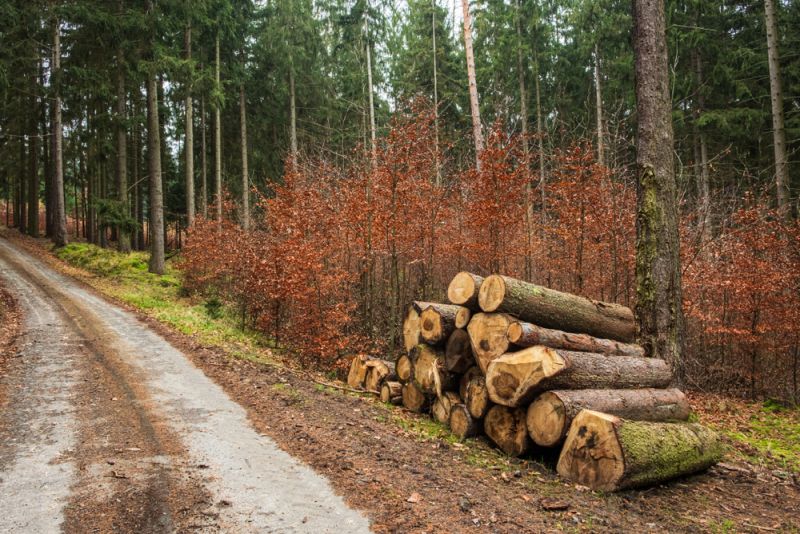
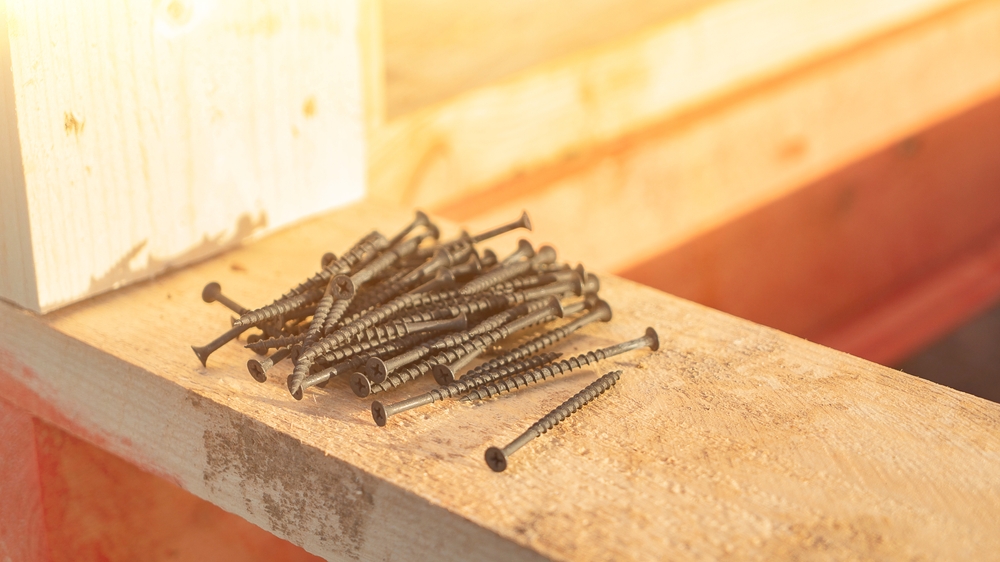
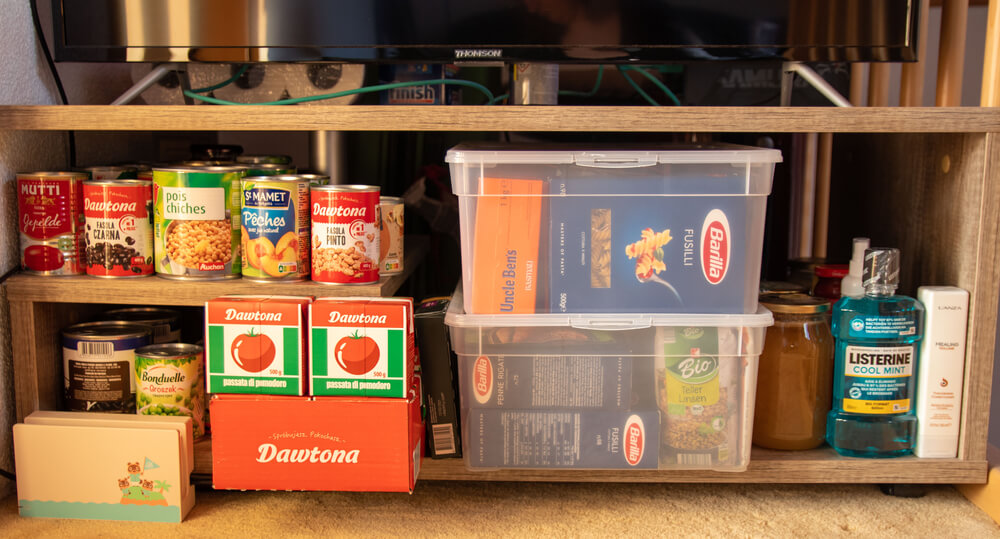
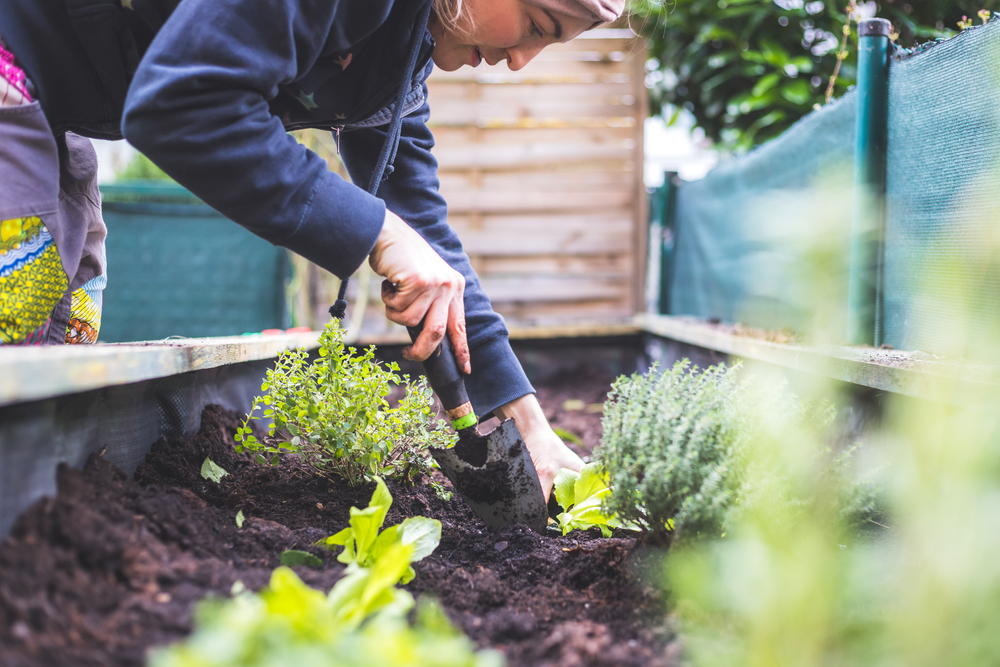


Dojomom | August 8, 2017
|
Why are my words all in caps? caps lock is off.
I’ve lived next to San Antonio for most of my sixty years. Although SA has a great water moving system, It floods every year! The first flood I remember happened when I was five. My Aunt’s house was under water. The last really exciting one happened in 2002. .REMEMBER THE HOUSE FLOATING DOWN RIVER? When we bought a new home in 2003, we made sure that the flood line was well below the home site.. Those of us who are wise, choose to live above the flood plain.. My last move involved a choice between a really nice place on the Guadalupe and a wooded lot within hearing distance of ih10. Yes, I now live next to the highway.
Many people do forget these things, so this was a good article for those who haven’t experienced how “fun” floods are..
Jerry C. Cummings | August 8, 2017
|
I live in a no flood zone In Santa Rosa County, Florida. My home has flooded twice in 4 years. I had a retaining “hole” dug beside my house after the first flood – well, didn’t work – flooded again.
I’m told that a “deep” French Drain would work for my property – one that would be between 40 – 60 feet deep (below the hard pan) and the water would drain easily. Not sure I believe that – I think a bigger retaining pond would be the best. Any thoughts on a “deep” French drain . . . anyone?